The difference does not lie between the ordering or lack of one but in the backing container. If it's a contiguous memory it should be fast to iterate over, due to simple implementation of iterator and cache friendliness.
Unordered containers are usually stored as a vector of vectors (or a similar thing), while ordered containers are implemented using trees, but it is left for implementation after all. This would suggest that iterating over unordered version should be waster. However this is left for implementation after all, and I saw implementations (which bent rules a little to be fair) with different behaviour.
Generally speaking, container performance is quite a complex topic and usually has to be tested in actual application to get reliable answer. There is plenty on implemention-defined stuff that might affect the performance. I'd go with hash_set if I had to go in blind. Copying into a vector might also turn out a good option.
EDIT: As @TonyD said in it's comment, there is a rule, that disallows invalidating iterators during addition of element when the max_load_factor() is not exceeded, this practically rules out backing containers which are contiguous in memory.
Thus, copying everything into a vector seems like even more reasonable option. If you need to remove duplicates, a feasible option might be to use http://en.cppreference.com/w/cpp/algorithm/sort and have dupes easily ignored. I have heard that using vector and sort to have a sorted array (or vector) is quite often a used option in case of need for a container that needs to be sorter and is being iterated over more often than modified.

